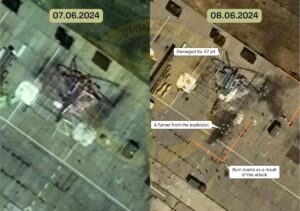
Nearly two and a half years after Russia's latest invasion of Ukraine on Feb. 24, 2022, the countries are vying to see whose "observe, orient, decide and act" cycle--the late Col. John Boyd's "OODA loop"-- is more rapid and responsive to military forces' needs. For Ukraine, that increasingly means ensuring its drones are able to skirt Russian jamming zones and take out Russian targets, such as ground radars, airfields, and supply lines. "If you look at the drone obsolescence life…














